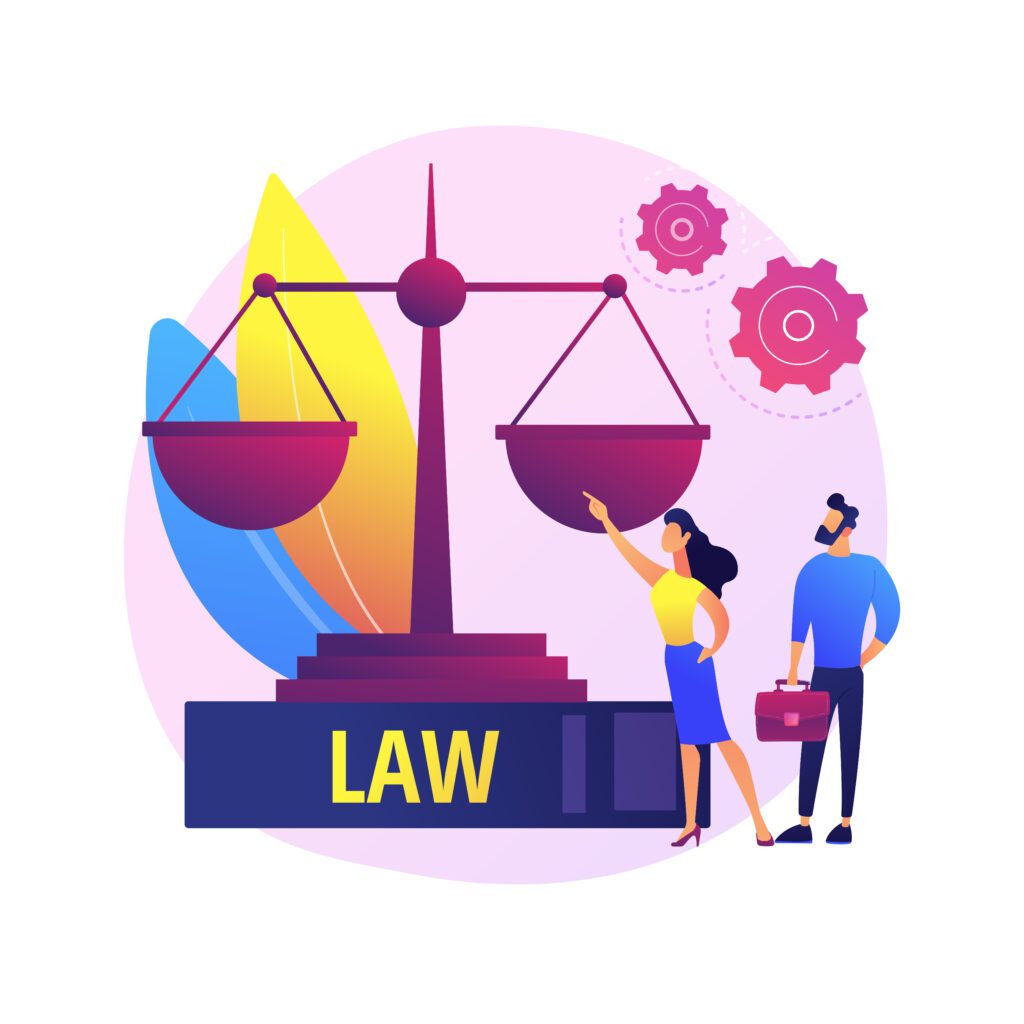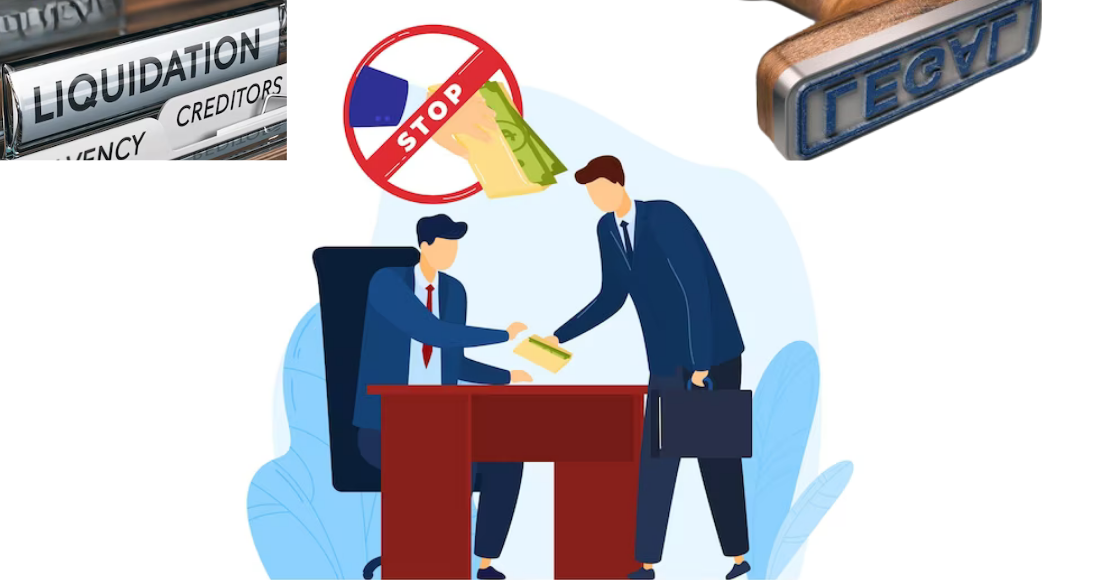Examples of liabilities help in financing and accounting. Liabilities are a crucial concept in the realm of finance and accounting. They represent the financial obligations and debts that a business or individual owes to external parties. Understanding different types of liabilities is essential for proper financial management and decision-making. In this article, we will delve into 50 examples of liabilities, ranging from common business liabilities to personal financial obligations.
What Are Liabilities?
Liabilities are financial obligations that an entity owes to external parties, which can be individuals, businesses, or institutions. These obligations arise from past transactions or events and typically involve the outflow of assets or services. They play a pivotal role in assessing a company’s financial health and its ability to meet its financial commitments.
Examples of liabilities
50+ examples of liabilities are explained in given below,
Current Liabilities
Current liabilities refer to obligations that are expected to be settled within a year or the operating cycle of a business, whichever is longer. They provide insight into a company’s short-term financial obligations.
| Aspect | Examples of Current Liabilities |
|---|---|
| Accounts Payable | Outstanding payments to suppliers |
| Short-Term Loans | Borrowed funds due within a year |
| Accrued Expenses | Unpaid interest, wages, or taxes |
| Notes Payable | Promissory notes due in the short term |
| Current Portion of Long-Term Debt | Taxes owed to the government for the current year |
| Unearned Revenue | Payments received for goods/services not yet delivered |
| Customer Deposits | Advanced payments for future products/services |
| Income Tax Payable | Taxes owed to government for the current year |
Accounts Payable
Businesses often owe money to suppliers for goods or services received but not yet paid for.
Short-Term Loans
Loans that are due for repayment within a year, which are used to fund day-to-day operations.
Accrued Expenses
Expenses that have been incurred but not yet paid, such as salaries, utilities, and taxes.
Unearned Revenue
Advance payments received for goods or services that haven’t been provided yet.
Bank Overdrafts
When a company’s bank balance goes below zero due to withdrawals exceeding the available funds.
Payroll Liabilities
Taxes and benefits owed to employees, including payroll taxes and retirement contributions.

Long-Term Liabilities
Long-term liabilities encompass obligations that extend beyond a year. They reflect a company’s ability to meet its extended financial commitments.
| Aspect | Examples of Long-Term Liabilities |
|---|---|
| Bonds Payable | Debt securities issued to investors |
| Long-Term Loans | Loans with repayment beyond a year |
| Mortgage Payable | Loan secured by real property |
| Pension Liabilities | Obligations related to employee pensions |
| Lease Obligations | Long-term lease agreements |
| Deferred Tax Liability | Taxes that will be paid in the future |
| Contingent Liabilities | Potential obligations depending on certain events |
| Long-Term Contracts | Contracts spanning multiple years |
Long-Term Loans
Loans with a longer repayment period are often used for significant investments or expansion.
Bonds Payable
Debts in the form of bonds issued to investors, with fixed interest payments and maturity dates.
Pension Liabilities
Obligations a company has towards its employees’ pension funds and retirement benefits.
Lease Obligations
Financial commitments arising from long-term lease agreements for equipment or property.
Mortgage Loans
Loans are taken to purchase real estate, with the property itself serving as collateral.
Contingent Liabilities
Contingent liabilities are potential obligations arising from uncertain events. They may or may not become actual liabilities, but they need to be disclosed.
| Aspect | Examples of Contingent Liabilities |
|---|---|
| Lawsuits | Legal disputes that might lead to payments |
| Product Warranties | Guarantees on products’ performance |
| Guarantees | Promises to cover losses of another party |
| Environmental Liabilities | Costs for environmental cleanup |
| Pending Investigations | Potential fines or penalties |
| Unclaimed Property | Funds owed to unknown or missing beneficiaries |
Lawsuits
Potential legal claims against a company that might result in financial losses.
Product Warranties
Liabilities arise from warranties provided to customers, necessitating potential future repairs or replacements.
Guarantees
Promises to cover the liabilities of another party if they are unable to fulfill their obligations.
Off-Balance Sheet Liabilities
Off-balance sheet liabilities are not recorded on the balance sheet but can still impact a company’s financial health.
| Aspect | Examples of Off-Balance Sheet Liabilities |
|---|---|
| Operating Leases | Leased assets not recorded as owned |
| Joint Ventures | Shared obligations with other entities |
| Letters of Credit | Assurance of payment to third parties |
| Asset Retirement Obligations | Costs of retiring assets |
| Derivative Liabilities | Contracts with potential future losses |
| Non-Consolidated Subsidiaries | Obligations of unconsolidated entities |
Credit Card Debt
Outstanding balances on credit cards are often accompanied by high-interest rates.
Student Loans
Debts incurred for educational expenses, payable after completing studies.
Mortgage Debt
Money owed on a home loan, secured by the property.
Car Loans
Obligations stemming from loans taken to purchase vehicles.
Medical Bills
Unsettled medical expenses for treatments and healthcare services.

Environmental Liabilities
Environmental obligations stemming from legal requirements or ethical considerations:
Cleanup Costs
Costs associated with cleaning up polluted or contaminated sites.
Pollution-Related Obligations
Liabilities arise from environmental damage or pollution caused by an entity’s activities.
Tax Liabilities
Obligations to pay taxes:
Income Tax Payable
Taxes owed to the government based on income earned.
Property Tax
Taxes due on owned real estate properties.
Sales Tax
Taxes are collected from customers on behalf of the government.
Other Liabilities
Additional examples of liabilities include:
Deferred Revenue
Advance payments received for goods or services to be delivered in the future.
Customer Deposits
Funds received from customers in advance of delivering products or services.
Debentures
Debts issued by a company that is not secured by specific assets.
Dividends Payable
Obligations to pay dividends to shareholders.
Interest Payable
Accrued interest on outstanding loans or debts.
Understanding Liabilities’ Significance
Liabilities provide a comprehensive view of a company’s financial obligations and its ability to meet them. Investors, creditors, and analysts use these figures to assess a company’s risk profile and financial stability. It’s crucial to have a clear understanding of the various types of liabilities and how they impact a company’s overall financial position. Remember that while liabilities indicate a company’s obligations, they are just one piece of the financial puzzle. Properly analyzing these obligations alongside other financial metrics is essential for making informed decisions about investments and financial partnerships.
In conclusion, liabilities represent the financial responsibilities an entity must fulfill. Proper management of liabilities is essential for maintaining financial stability and ensuring smooth operations. By understanding the various types of liabilities and their implications, businesses and individuals can make informed financial decisions and plan for a secure financial future.

